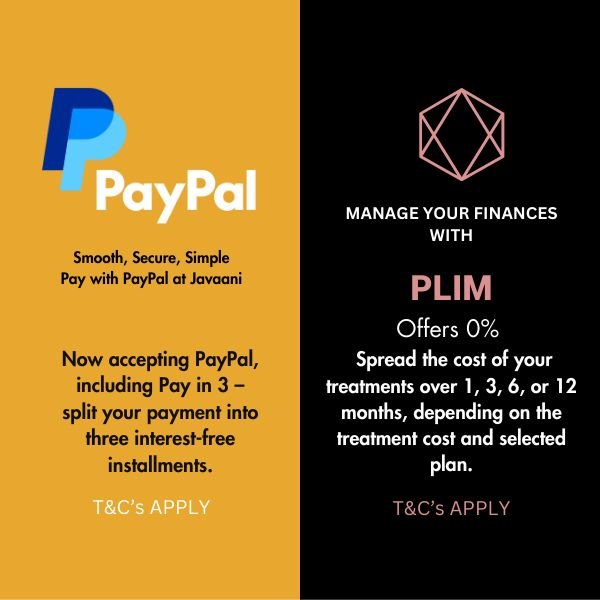Laser Skin Resurfacing
Laser resurfacing at Javaani
Hazlemere, HighWycombe, Amersham, Beaconsfield, Chesham, Loudwater, and Slough

Javaani Aesthetic Clinic in Hazlemere, High Wycombe offers Non-ablative laser resurfacing treatments to it’s clients.
Laser skin resurfacing is one of the most advanced rejuvenating treatments available in the aesthetic clinics. There are various lasers used in skin resurfacing treatment and they all have their pros and cons. Most used resurfacing lasers include Erbium Yag, Fraxel, Co2 laser and Erbium Glass.
Erbium glass laser is one of the recent additions to laser treatments and its wavelength is 1540nm. Depending on the wavelengths, lasers penetrate the skin up to different levels. Some lasers like Co2 and Erbium Yag only penetrate the epidermis and thus cause ablation of the superficial skin layer resulting in rejuvenation. Unlike Erbium YAG and CO2 lasers, Erbium Glass uses a 1540nm wavelength which has a greater depth of penetration and a slightly lower water absorption level, which means non-ablative treatments that stimulate a dramatic
remodelling of the dermis and epidermis without the pain and downtime associate with ablative lasers. This depth of penetration is ideal for fine to moderate wrinkles, acne scarring, and overall rejuvenation.
See the illustration below to appreciate the difference in the level of penetration of this laser as compared to others.
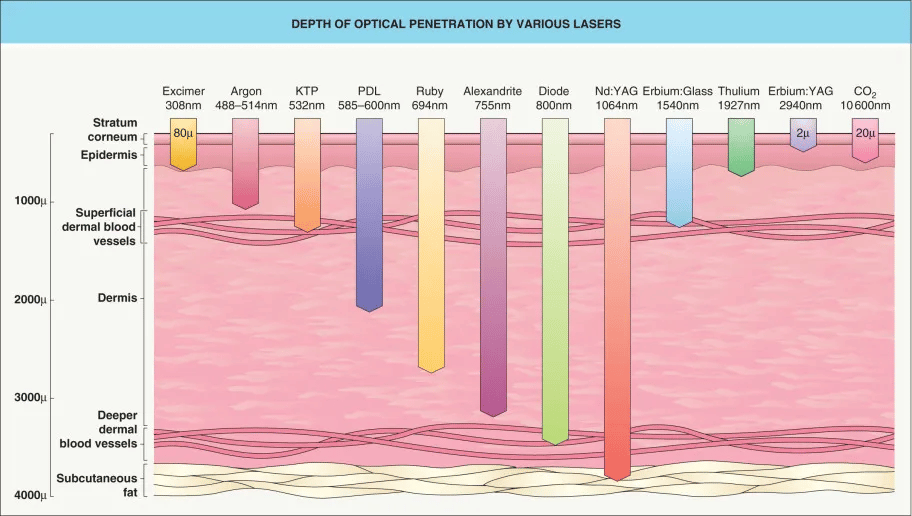
Erbium Glass penetrates the skin up to the level of upper dermal level. It stimulates production of new collagen and elastin. The new collagen and elastin moves towards the surface which results into remodelling of the skin and improvement in lines, wrinkles and scars.
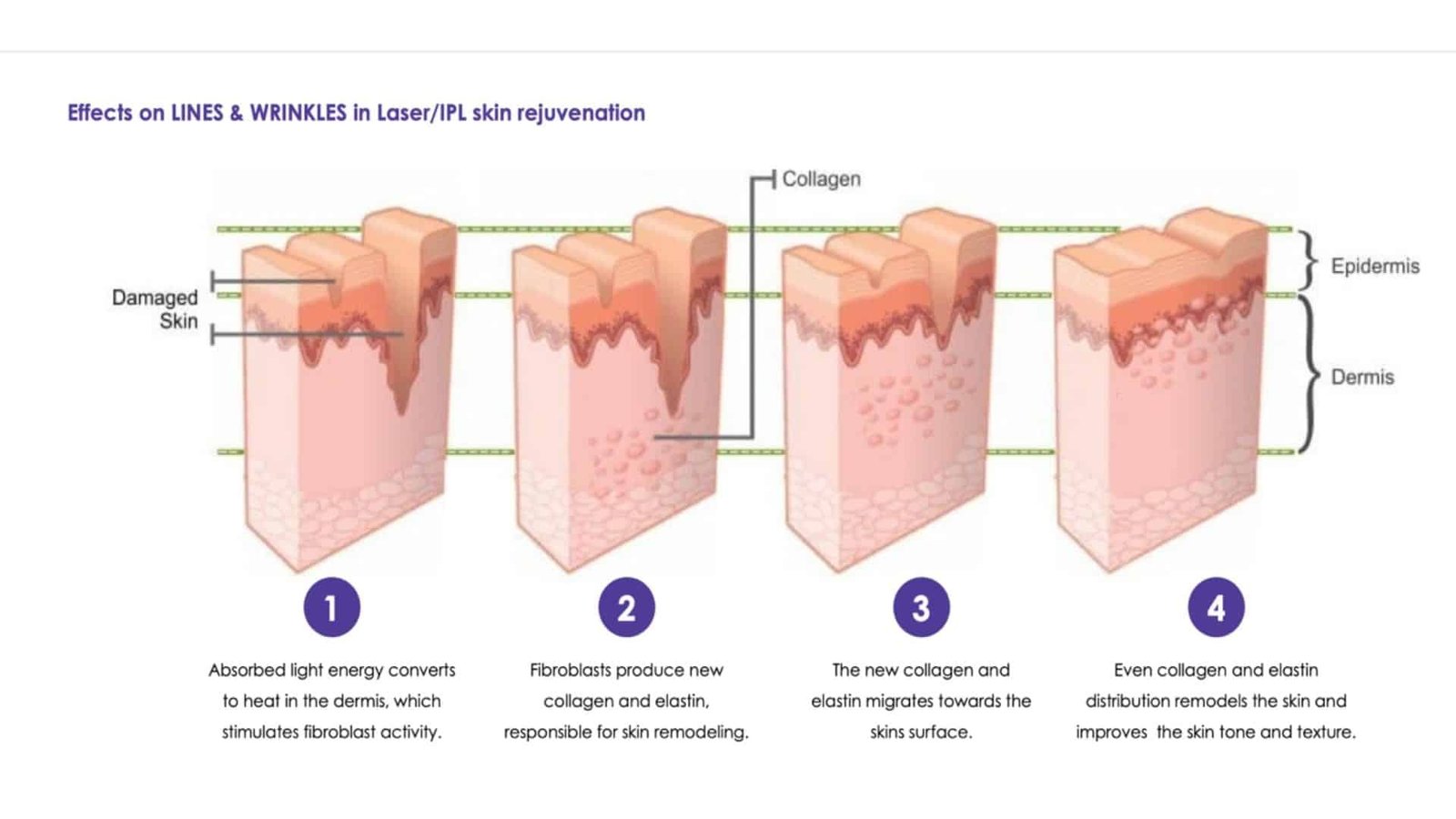
For the treatment of pigmentation most other lasers target melanin containing cells in the dermis. They shatter these cells to break down the pigment. This method is effective in treating pigmentation but carries a risk of hyperpigmentation as well. Fractional Erbium Glass laser reduces unwanted pigmentation by stimulating the skin to remodel but without affecting pigment cells. This is especially useful for treating darker skin types as the fractional laser’s 1540nm wavelength has no absorption by melanin.

What areas can be treated with Erbium Glass?
Face, including specific areas such as around the eyes or mouth.
Neck
Chest (decolletage)
Arms and hands
Abdomen, hips, and thighs for stretch marks
What should be done before attending for treatment?
- Avoid tanning or excessive sun exposure.
- Avoid harsh chemicals, irritants, perfumes, and deodorants.
What results can be expected?
- Reduction of fine lines and wrinkles
- Treatment of age spots and sunspots
- Treatment of uneven skin tone
- Improved skin texture
- Reduction in size of large pores
- Skin tightening
- Removal of freckles
- Improved stretch marks
- Treatment of acne scars, surgical scars, caesarean scar and burn scars
What are the expected side effects?
A sun burn sensation, redness and warmth may be felt for up to few hours after the resurfacing treatment. A cold compress and aloe vera gel will be applied on your skin to minimise this. The pinkish appearance on the skin can sometimes last 2-3 days. After the treatment you can usually return to work and other daily activities.
When can the results be seen?
The results of laser resurfacing are both immediate and progressive. Soon after the treatment, the surface of your skin will feel softer and smoother, look brighter and have a more even tone. As this is a non-ablative laser treatment the uppermost layer of skin remains in place thus providing rapid healing. In the following 3-4 weeks there is production of new collagen and elastin which migrates towards the surface of the skin showing the positive results.
How many sessions will I need?
Non-ablative fractional laser treatments are typically recommended as a course of 4-6 sessions with a 4–5-week interval. Although non-ablative lasers typically require more treatment sessions than ablative, the greater level of comfort, zero downtime and lower risk makes the treatments well-received by a larger group of clients.
What aftercare is required?
- Protect skin from any harsh and harmful chemical in the following week after treatment
- Protect against Sun light, using SPF 50.
- Stay well hydrated and eat healthy.
- Specific skin care would be advised by your practitioner according to your skin condition and need.
Results
See the following results achieved treating pigmentation with the fractional laser. As you can see, the pigmentary lesion is dramatically reduced while also improving the upon the laxity/tightness of the skin and reducing fine lines.

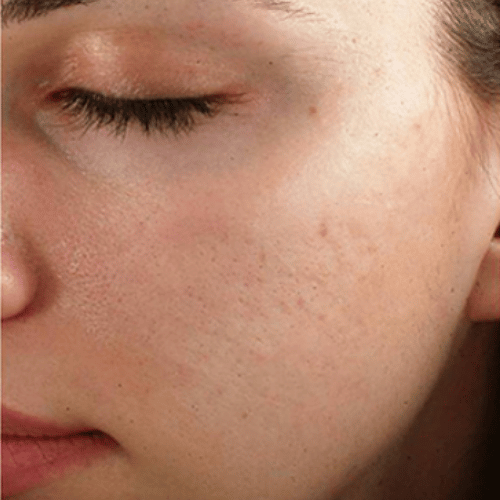
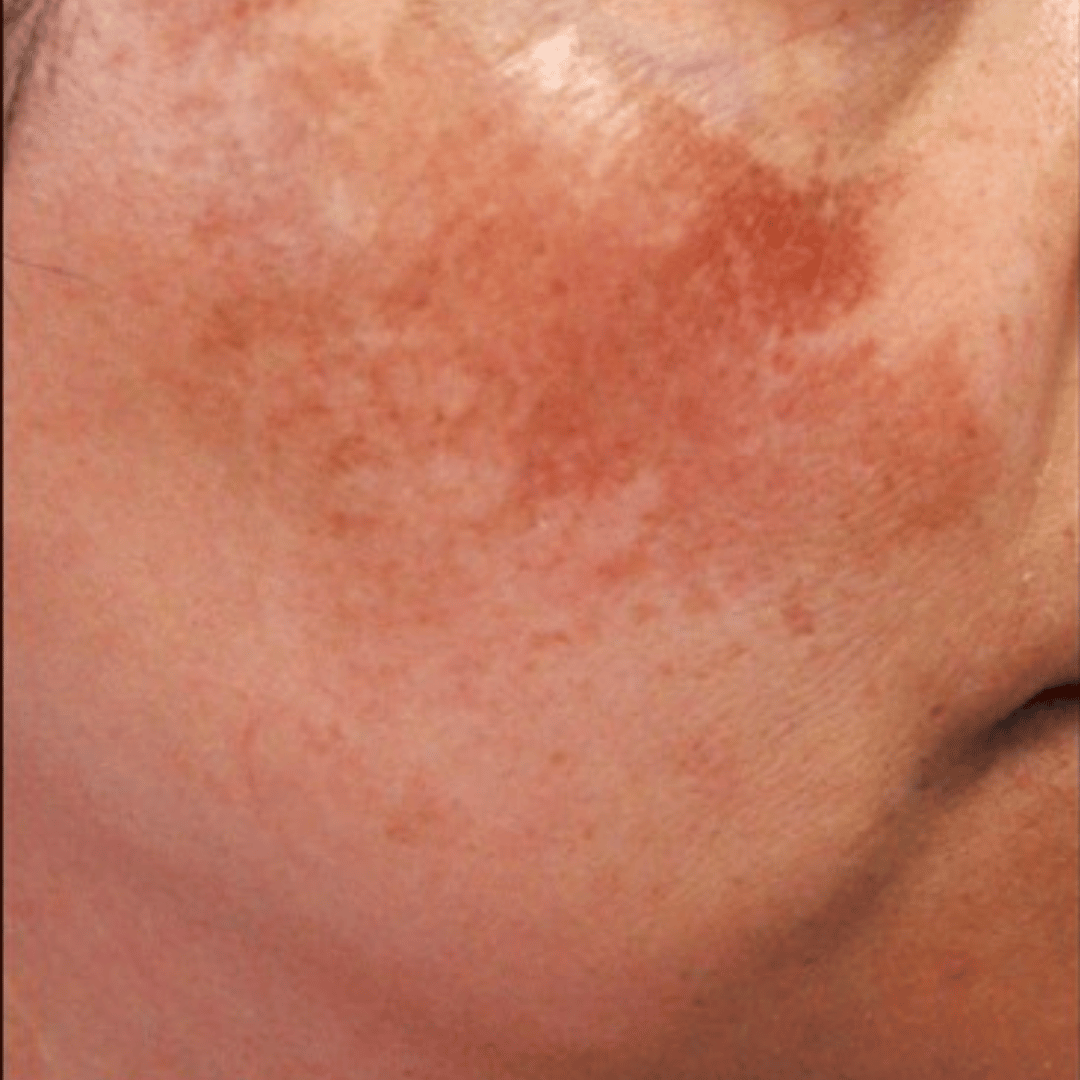
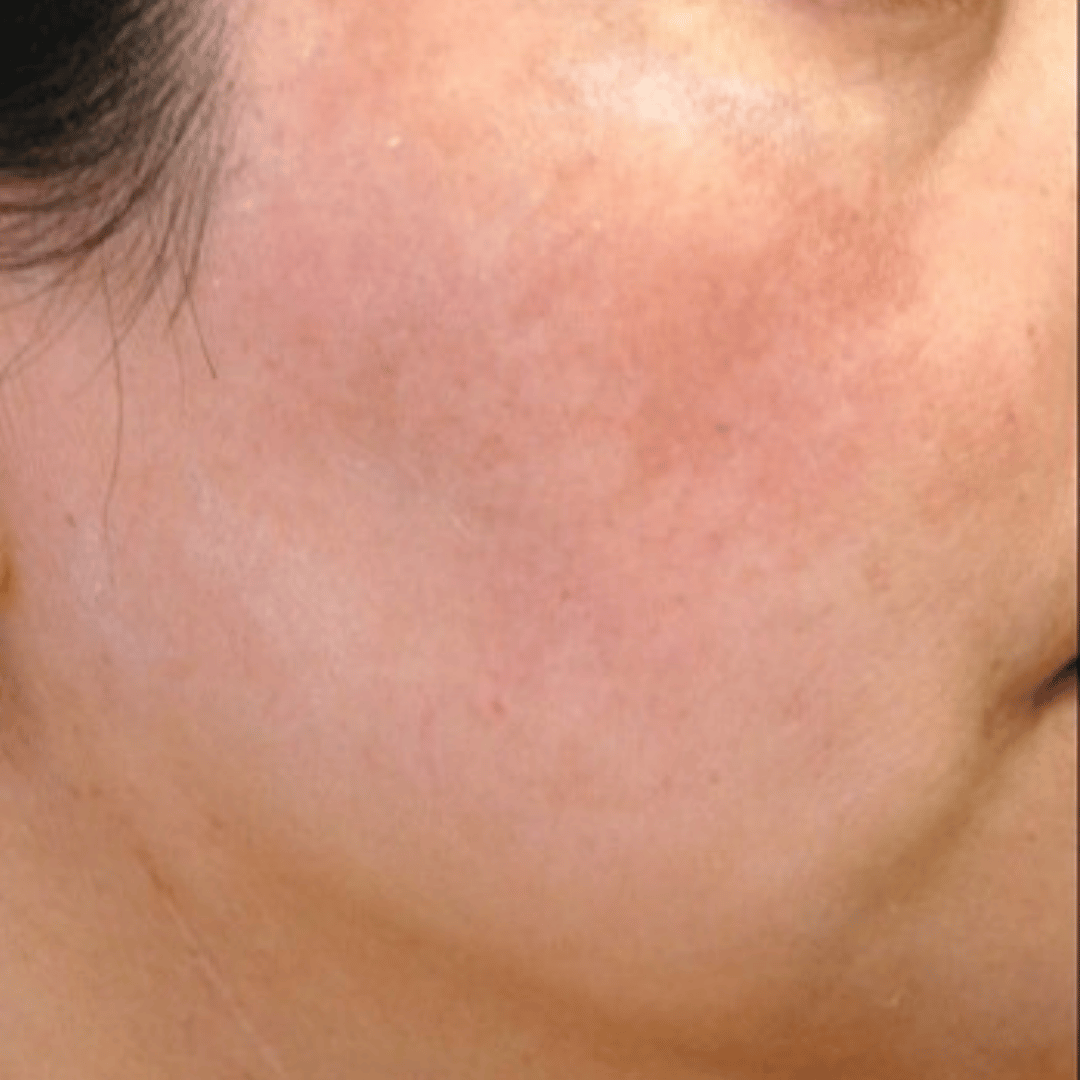
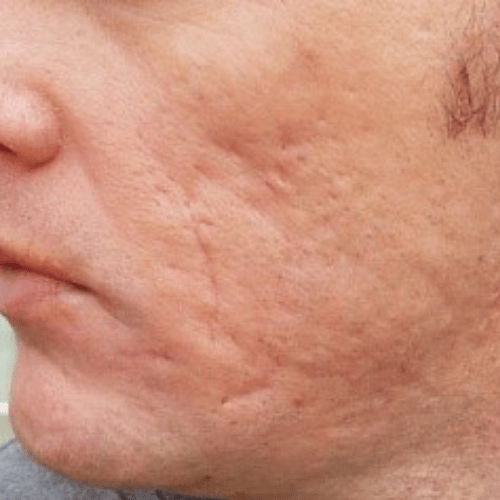
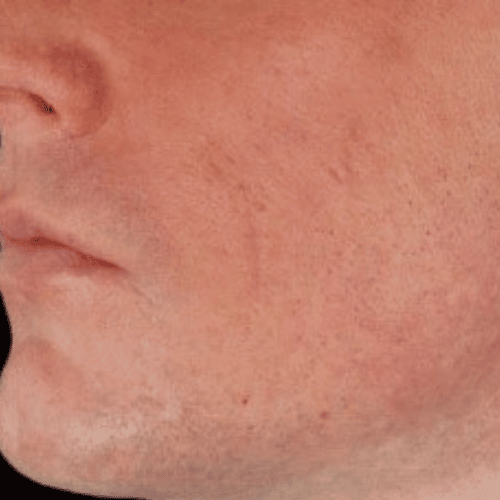
Choosing the right clinic and the right practitioner is key to getting the very best results from your treatment. At Javaani Aesthetic Clinic in Hazlemere, High Wycombe we don’t use ‘aesthetic grade’ lasers which are very often under-powered and carry greater risks of complications than their medical grade equivalents. Laser equipment at Javaani Clinic is MHRA approved, medical grade, and CE marked. Our practitioners are certified and ensured, and the team is led by Dr Ahmad.

